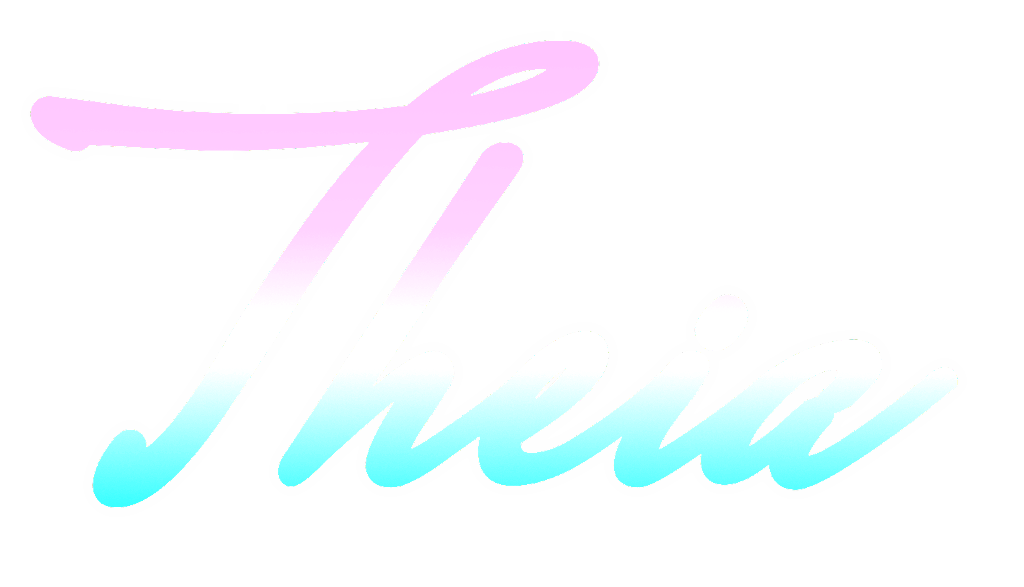
Quick start guide:
Theia synth has been designed to provide easy access to the Hyperion synth sound library, with an easy to use interface with basic editing controls and a performance focused interface.
The top bar:
The Audio/MIDI settings button is available in the standalone build and this is where you can select your audio interface output and MIDI input device - otherwise the plugin version of Theia audio settings should be selected in your DAW audio settings - Theia runs optimally at 48KHz, 256 sample block size.
Before unlocking Theia, the registration status area shows a button which will open a registration panel - enter your Tracktion user name and password to register your copy of Theia either in evaluation or full-license mode (unless you register saving will be disabled and audio will mute every few minutes).
The main panel:
Clicking on the patch name will return to this panel from the other panels. The buttons on the upper area of this panel are always available too - you can switch to the browser and the layers view at any time, and navigate patches using the next/previous/random buttons in all the panels. Whilst the state of the plugin will be saved in your DAW session, you can also overwrite the factory patch or save a new version with new macro knob and layers settings via the save button - this is useful for re-using saved preferences in a future DAW session or for sharing with other users of Theia or Hyperion.
The virtual keyboard is set to respond to and generate notes on MIDI channel 1. All factory patches are pre-set to respond to MIDI channel 1, but the layers can be editing to set different MIDI channels per layer.
The patch browser:
When a new patch is saved or the active patch directory is changed, the refresh list icon will spin until the list update is completed. Note that it’s possible that no patches appear in the list with certain combinations of text and category button filters - so if the list appears to be empty, you can clear the filters in one go with the ‘clear patch filters’ button.
The patch filter toggle buttons are dynamic, and become greyed out if after selecting one, other categories are no longer available in the filtered list - you can filter by one instrument type, and up to 3 sound sub-categories at once.
After installation of Theia, at first launch, the plugin/app will already expect to find patches at the default factory patches location, however, note that you can choose a different patches folder location via the folder browser button - this will set the ‘active' patch directory, which will be remembered across all instances of Theia and at next launch. Make sure to click on the actual folder that contains .hypr_patch files and/or .hypr_combi files otherwise the patch scan will find no files and the patch list will remain empty. When you change folders, the active patch filters are cleared to make sure that all possible patch files are displayed.
The layers view:
On this view you can edit both the general notes management settings, and the arpeggiator settings.
The glide/portamento modes are only active if the layer is set to use one voice (using the max voices setting).
Each layer has independent controls, so you can set different layers to receive from different MIDI channels, have different bend rates, etc.
Note that by default all Theia factory patches respond to MIDI channel 1 - so your hardware controller should be set to that channel (many DAWs will send incoming notes to all channels regardless of only receiving on one channel, however you can usually select a specific receive & forwarding channel on the track). With multi-layer presets you can set each layer to different channels.
Many patches are default to 8 voice or less than 16 - this is partly to reduce CPU but in some case to simulate the playing style of vintage polyphony limited synthesizers.
You can set the voice count up to 32 voices for any layer, however this could require a powerful CPU - it really depends on the patch complexity.
Theia patches are designed in Hyperion modular synthesizer, so there is no preset limit to the number of oscillators/filters/effects that are applied on each layer, however Theia factory patches have been selected and optimized to perform well on a current generation multi-core CPU.
The checkboxes on this panel are as follows:
Mono-legato: The sound’s envelope will not be retriggered when in 1 voice mode and notes are played in legato style where the new note overlaps the previous note.
1-voice per note: In this mode, the synth will re-use the same voice if it’s triggered from the same MIDI note - instead of allowing multiple voices to decay with the same note pitch.
Note retrigger: In one voice mode, held notes are retriggered after another note is released - this is useful for playing fast lead lines.
Held note priority: In this mode (usually the default in patches) , new notes will not steal from old notes if the old note has not been released yet (MIDI key still held down) - however released but decaying notes will still be stolen (if the current voice pool is used up with actively triggered/decaying voices). The default note stealing mode is to steal the oldest note.
Arp on: Enables the arpeggiator for this layer.
Latch: The arpeggiator continues to play even after all keys are released.
Sustain: The arpeggiator continues to play whilst the sustain pedal is still held down.
Once: The arpeggiator plays the sequence of notes for the current chord/note range/mode, but only once until all keys are released - then it will play again on the next time notes are triggered. This is like strum effect.
Patch locations:
Theia Mac factory patches location: /Users/Shared/Wavesequencer_Theia/Patches/FactoryPatches/
Theia Windows factory patches location: /"YourUserDirectory"/Documents/Wavesequencer_Theia/Patches/FactoryPatches/
Occasional factory patch updates/fixes will be provided here, or at the Wavesequencer discord based.
To update factory patches you just need to copy the files and overwrite the original factory patch files - there are all in one directory. Please remember to back up your factory patches folder (or specific patch files) if you want to preserve changes you have made - the files have the same name as the preset names.
Factory patch updates will get included in the next official release builds.
A short note from the developer, Paul:
Many months of development time has gone into optimizing the interface, selecting and optimizing patches for Theia, along with selection of per-patch custom backgrounds and per-layer macro assignments in order to provide a source of musical inspiration for your projects.
I hope you will enjoy the end results as much as I do.
Many thanks to the Tracktion team for hosting Hyperion and Theia, to all beta testers who've provided feedback, especially Simon Inwards and Philip Rampi who have provided exceptional beta testing support for both of these products.





